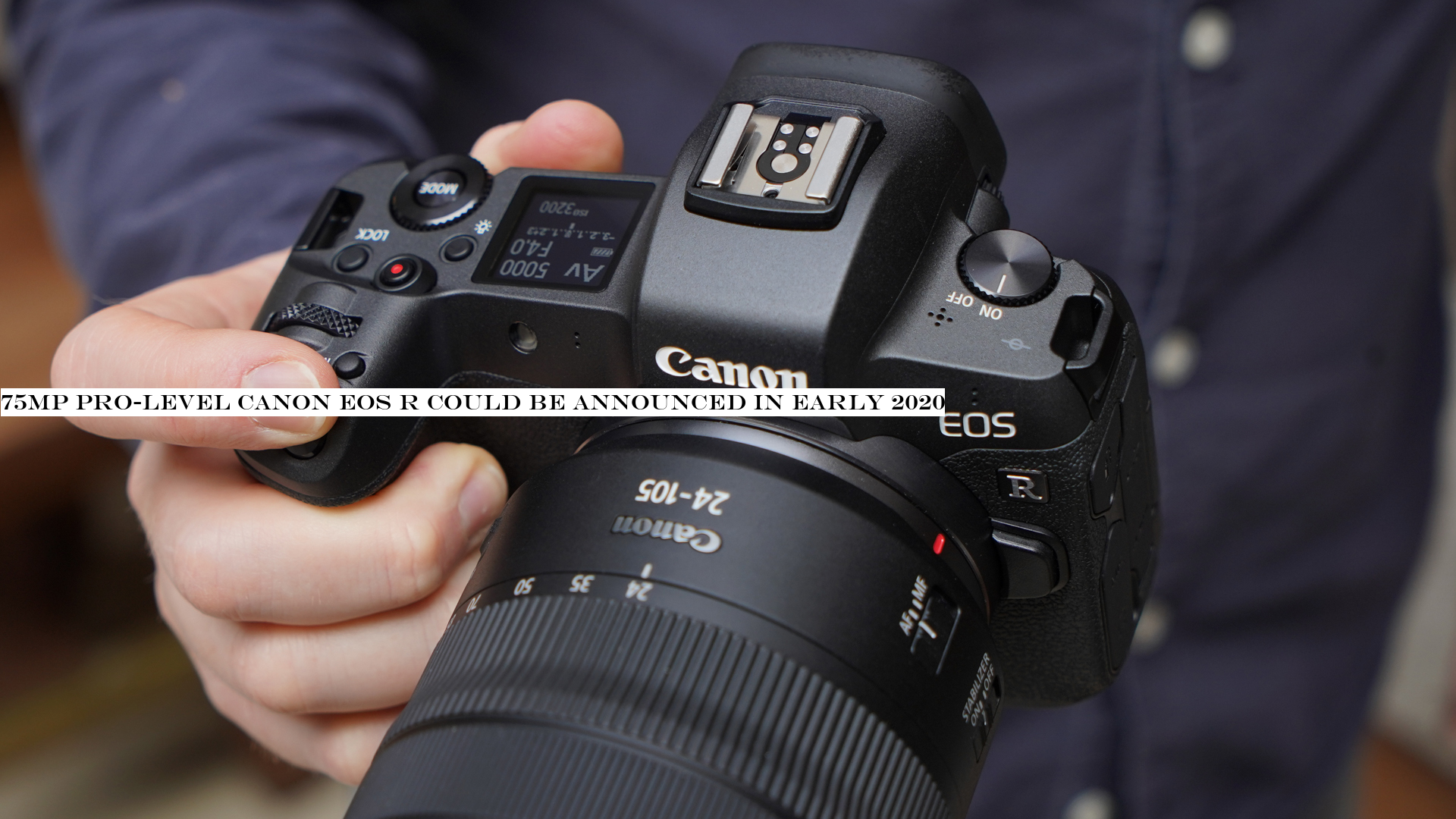INSUBCONTINENT EXCLUSIVE:
There's been a lot of chatter through the grapevine lately of Canon working on a pro version of its EOS R full-frame mirrorless camera
It started its rumored life as an 83MP snapper, but now Canon Rumors is reporting that the possible new camera will have a 75MP sensor.The
camera rumors site has a source who claims to have shot with a prototype of what has been dubbed the Canon EOS Rs – due to it being a
megapixel monster like the EOS 5Ds and, thus keeping with the nomenclature – although that name is by no means official.Besides the 75MP
image sensor that has been designed to "[focus] on dynamic range", the rumored camera will reportedly feature the Digic 9 engine that will
debut in the Canon EOS 1D X Mark III some time early next year (probably well before the 2020 Tokyo Olympics).The camera is also rumored to
feature a joystick and dual card slots, both of which we missed on the EOS R and will be welcome additions
And while the body will resemble the EOS R, apparently the rear control bar from Canon's first full-frame mirrorless camera will not be
making a comeback, while the viewfinder will be larger and could receive a resolution boost.The EOS Rs will reportedly be announced in
February 2020, which does seem likely considering Canon execs have all but confirmed the development of a pro-level full-frame mirrorless
camera, one that features in-body image stabilization.There has been some talk about the lens mount being different for the upcoming
According to another report from Canon Rumors, "a couple" of sources have told the publication that an "EOS-1 style EOS R camera" will have
a new hybrid mount which will allow users to use both EF and RF lenses without an adaptor.Whether this speculation is directed at the EOS Rs
we've discussed above is as yet unclear, and an EF/RF hybrid mount might just be a theoretical concept Canon could be considering
Making it a reality might be a whole different ball game altogether.The flange distance (the gap between the rear glass of the lens to the
imaging sensor) for each mount is different
As photography publication PetaPixel points out, the only solution to that problem would be to design a new collapsible mount that has the
We've not seen any patents for such a design yet, so it's all just speculation right now.

